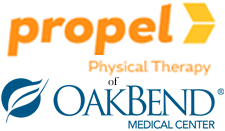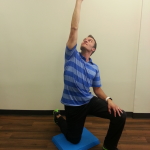Last week we did a segment on hip flexibility and this week we are going to build on that and discuss hip strengthening. Remember, the force it takes to throw a ball at high speeds requires energy to be transferred from the ground and lower body to the arm and hand. The strength of the hip is especially important for the throwing athlete as the body must be stable over the stance leg during this transmission of force. This stability comes from strength in the hip and hip stabilizers.
We’ve known hip strength is important as a study from 1986 by Steven Tippet broke down the phases of throwing and the strength required in both the arm and lower extremity. In this study, he found the strength in the stance leg was greater in college baseball players than strength in their lead leg. He also pointed out strength of the hip external rotators in the lead leg is necessary for proper placement of that limb upon release of the ball.
More recently, studies have linked weakness in the hip stabilizers (specifically the Gluteus Medius) to poor mechanics of the throwing arm leading to shoulder and elbow pain. In a study by Garrison et al, they found young baseball players with elbow pain from UCL involvement, demonstrated a significant deficit in single leg balance on both legs when compared to baseball players without elbow pain. They contribute this deficit to weakness in the stance limb including the hip and core.
Check out the video below to see some of our favorite exercises to strengthen the hip external rotators at home!
by: Meredith Kennedy, PT, DPT and Chris Goerlich, PT, COMT

